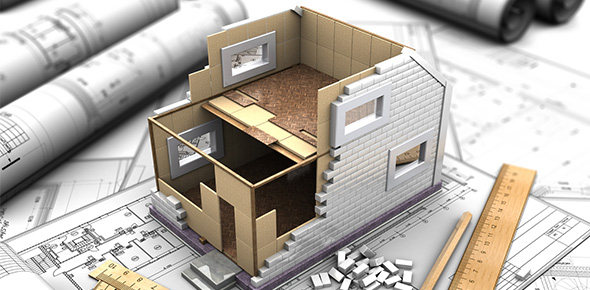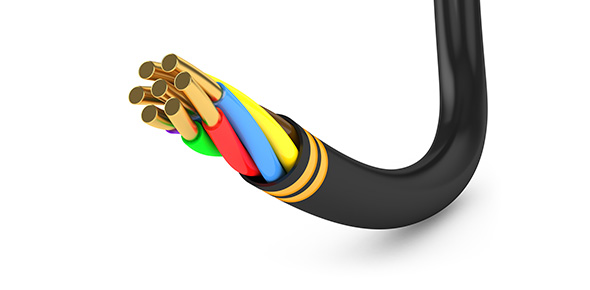Related Flashcards
Related Topics
Cards In This Set
| Front | Back |
|
Abutment
|
A concrete wall that supports the end of a
bridge and holds back the soil that is filled in behind it.
|
|
Brittle
|
A characteristic of a material that fails by rupturing suddenly and without warning, when loaded in tension. The opposite of brittle is ductile.
|
|
Buckle
|
A failure that occurs when compression
causes a member to suddenly bend sideways, perpendicular to the direction of the applied load.
|
|
Compression
|
An internal force that tends to make a
structural member shorter.
|
|
Deck
|
The flat surface that forms the floor of a bridge
and supports the roadway.
|
|
Deformation
|
A change in the size or shape of a structural
member that occurs when the member is loaded.
|
|
Diagonal
|
A type of structural member used in a truss.
|
|
Ductility
|
The capacity of a material to undergo very large
plastic deformation before rupturing. A ductile material provides ample warning of failure. The opposite of ductile is brittle.
|
|
Elasticity
|
Behavior characterized by the capability of a
structural member to return to its original size and shape after its load is removed.
|
|
Equilibrium
|
The condition that occurs when the
total force acting on an object is zero. If an object is not moving, then it is in equilibrium.
|
|
Failure
|
The condition that occurs when the internal
force in a structural member becomes larger than the strength of that member.
|
|
Floor Beam
|
A structural member that supports the
deck of a bridge. On a truss bridge, floor beams
also help to connect the two main trusses together.
|
|
Force
|
A push or a pull applied to an object. A force
always has both magnitude and direction.
|
|
Foundation
|
A component of a structure that distributes
the weight of the structure to the soil or
rock below it.
|
|
Fulcrum
|
The pivot about which a lever rotates.
|






